The Global Plastics Treaty: It’s Time to Clean Up Our Mess
Negotiations are underway to finally slow this endless stream of plastic waste into our environment, food, and bodies.
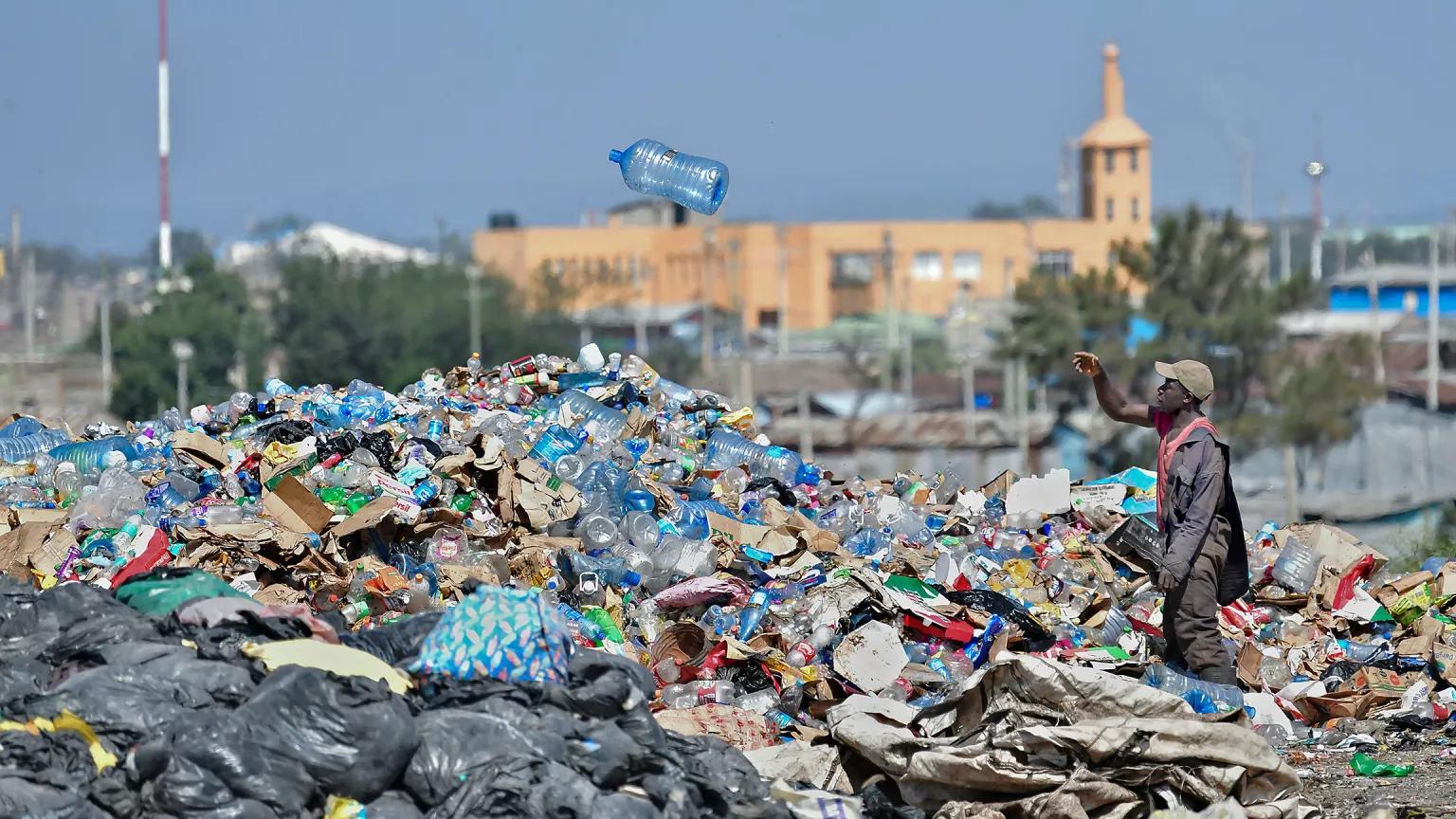
A waste picker sorts through trashed plastic bottles at the Dandora garbage dump, where people scavenge through the landfill for reusables and recyclables that can be resold in Nairobi, Kenya.
Tony Karumba/AFP via Getty Images
The world is finally waking up to the plastics problem. Since the 1950s, companies have produced nearly nine billion tons of the stuff (as of last count in 2017). Nearly 80 percent of that has gone to landfills or piled up in the environment. And there it sits, leaching toxins into the soil and water and fracturing into tiny particles that spread everywhere.
The issue of what to do with plastic waste—and its effects on the natural world—has long been on the mind of Bethanie Carney Almroth, an ecotoxicologist at Sweden’s University of Gothenburg. Almroth had been researching plastics for five years when she first spoke at a United Nations Environment Programme (UNEP) assembly meeting in 2017. As more evidence emerged, showing how plastics can harm water quality, our health, the climate, and the stability of ecosystems, Almroth noticed that officials changed how they discussed the problem.
For one, it was no longer just a litter issue or another beach pollution quandary. “There was sort of an evolution of how plastics were being discussed globally, from a marine pollution problem to a more systemic understanding,” she says.
Meanwhile, as the world was witnessing exponential growth in plastic production, threats were mounting. But it wasn’t until March 2022 that the U.N. Environment Assembly came together to address them head-on, at a meeting in Nairobi, Kenya. There, 175 nations agreed to write a treaty to fight the ever-mounting plastic pollution in the environment and our bodies.
For the past two years, officials have been hashing out the details. The goal is to have a legally binding plastics treaty by the end of this year. Advocates see it as a chance to address how much plastic can be produced in a given year, which chemicals can go into the material, and whether some particularly problematic plastic products will be discontinued.
The treaty could also shine a spotlight on the rights and health of an often-ignored group of workers: the waste pickers who sift through mountainous piles of plastic refuse in developing countries across the world. These workers number more than 20 million individuals, all struggling to earn a living by searching through landfills for materials to reuse or resell, often inhaling toxic fumes as waste is burned and microplastics waft into the air.
“Plastic pollution has grown into an epidemic,” said Espen Barth Eide, Norway’s then minister for climate and the environment (now minister of foreign affairs), at the 2022 meeting. “With today’s resolution, we are officially on track for a cure.”
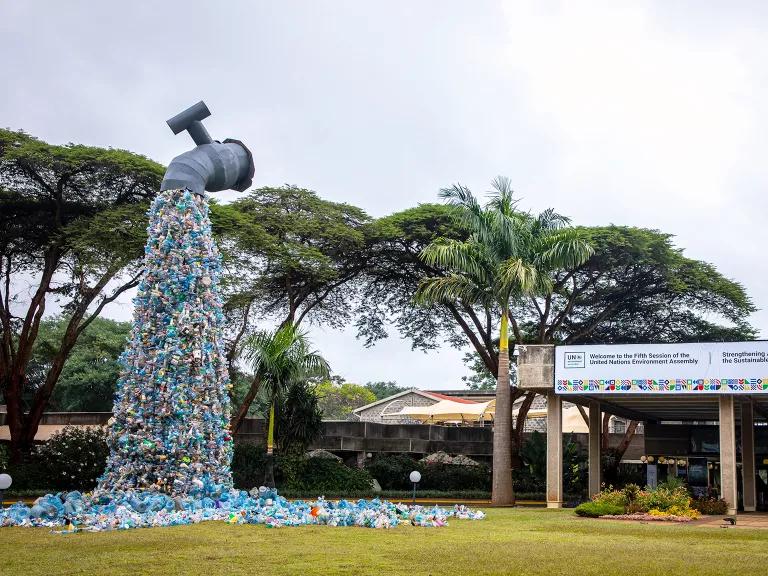
#TurnOffThePlastic Tap, by artist Benjamin von Woong, was made from plastics sourced from the neighborhood of Kibera and displayed at the U.N. Environment Assembly in Nairobi, Kenya, February 2022.
Ahmed Nayim Yussuf/UNEP via Flickr
The many reasons why plastics are bad news
Plastics flow in the airstream and river currents, sink to the ocean floor, saturate our soils, and swirl in gyres. They break down into invisible microplastics that infiltrate testes and placentas and take centuries to decompose.
And production is only expected to grow in the coming decades, contributing to greenhouse gas emissions. Manufacturing plastic—made from fossil fuels that include coal, fracked (natural) gas, and oil via a chemical process—now accounts for 4 percent of annual global emissions. Experts predict that number could grow to 20 percent by 2050.
The chemicals used to make plastics are also problematic. Public health experts have raised increasing concerns about the prevalence of these toxic additives in everyday materials, from the phthalates found in vinyl shower curtains and flooring to the PFAS that coats most nonstick cookware. A report published this year found that plastic production can involve more than 16,000 substances. Of those, 4,200 are deemed highly hazardous to human health and the environment—and most are unregulated.
A plastics treaty, says Trisia Farrelly, a senior research scientist at Cawthron Institute in New Zealand who is involved in the treaty negotiations, “has the potential to deal with plastics at the source and hold producers responsible for the types and volumes of plastics produced.” And not just that, she adds, “but also the design of plastics, the disclosure of data around what's in products, and how they can be safely and sustainably managed at end of life. All of those things can only really be dealt with through a collective global agreement.”
A science-based plastics treaty
Almroth and other scientists celebrated the decision to create a global plastics treaty, but they soon realized that the negotiation process had no provision for scientific input. After approaching a U.N. executive with their concerns, the scientists put together webinars, produced fact sheets, and hosted sessions during UNEP meetings to help inform delegates about the true impacts of plastics.
“They were like, ‘Hey, can you tell me something about microplastics?’ Or ‘Can you explain to me what a polymer is and what a plastic chemical is, and how are they hazardous?’ So we opened a few side events, and we just started explaining the science around plastics,” says Almroth. The number of scientists volunteering to help educate U.N. members grew to more than 400 from 60 countries. Representing a broad array of disciplines, they formed the Scientists’ Coalition for an Effective Plastics Treaty.
“We have very strict membership guidelines and conflict-of-interest policies,” Almroth says. The coalition’s internal review processes are designed to ensure that all of the group’s documents and materials are factually accurate and of the highest standard. “We're producing the best available science that we can for this process.”
In papers published in the journal Science, the group’s members call for the treaty to have a basis in science and to include a plastic production cap. Between 2022 and 2023, plastic production increased more than 1.5 percent, reaching 400 million metric tons. The industry expects that figure to grow to 590 million metric tons by 2050.
Scientists are advocating that the treaty require plastic manufacturers to reduce the growing list of harmful components they use by simplifying chemical processes. They also say it should require companies to disclose the chemical ingredients. “If you go to the store and you buy lasagna, and it's wrapped in plastic, you'll have an ingredient label on there with what's in your lasagna, but not what's in the plastic,” says Almroth. “We don't know what chemicals are in there, but we do know that a lot of them are toxic.”
Polluters push back against global plastics treaty
Real progress on plastic pollution would require action from every plastic-using nation (which leaves out no one). Unfortunately, not everyone is on board. The oil and gas companies that supply the components critical to plastic manufacturing are calling for more plastic production. And some countries beholden to the industry are resisting the treaty’s most important elements.
Interest groups have intimidated and harassed scientists who point out the consequences of plastic use, says Almroth. She reported one lobbyist who screamed in her face at a treaty meeting in April. (Of course, this opposition isn’t new: Soon after biological oceanographer Edward J. Carpenter published some of the first studies on plastic pollution in Science in 1972, plastics industry representatives reportedly came to his office at the Woods Hole Oceanographic Institution to question him and his bosses.)
Industry interest in directing plastics policies has only gotten more intense since treaty negotiations began. Nearly 200 fossil fuel and chemical industry lobbyists, from companies including ExxonMobil and Dow, descended on negotiations in April, a 37 percent increase from the number of lobbyists who attended the previous meeting, according to the nonprofit Center for International Environmental Law. Aware of the threat of these dynamics, scientist participants called for stricter rules around disclosing conflict of interest for attendees, lest they undermine the proceedings’ key goals.
Fossil fuel–rich countries with economies dependent on fossil fuels—like Iran, Russia, and Saudi Arabia, which call themselves the “Like-Minded Group” in memos about the treaty—have also tried to flip the script on discussions around reducing plastic production to one focused more on recycling. This strategy used by the pro-plastic crowd has been going on for decades too.
At the same time, the fossil fuel industry continues to obscure data on the difficulty of recycling plastics. A report published earlier this year by the Center for Climate Integrity, an environmental organization, details how the oil and plastics industry promoted the idea of plastics recycling for decades despite its infeasibility, both technologically and economically.
In fact, only 9 percent of plastic is recycled, leaving the rest to be dumped, landfilled, or incinerated. And the growing “chemical recycling” industry is working to sell policymakers at the state, federal, and international levels on its greenwashing scheme that only promotes toxic plastic incineration further.
Already, 710 million metric tons of plastic has accumulated in the environment, according to a study published in Science, “and that's not slowing down," says Farrelly. "It doesn't matter how much recycling we do.”

A worker manually removes items while sorting waste on a conveyor at the Veolia Southwark Integrated Waste Management Facility in London.
Jose Sarmento Matos/Bloomberg via Getty Images
What comes next?
The United Nations will meet again on the topic in November in Busan, South Korea. Before then, members of a working group will come together to discuss chemicals, polymers, and products of concern. Attendees are also scheduled to focus on financial support for the treaty to prepare for when the delegates, scientists, industry groups, and lobbyists convene and potentially even finalize the agreement.
The resulting draft may turn out to be a simpler version than the current one, but the international body could strengthen it later.
“It is critical that the initial text contain control measures to reduce the quantity and toxicity of plastic production over time and [include] a process for strengthening these measures as the treaty is implemented,” says NRDC senior environmental health advisor David Lennett, who serves as the head of NRDC's delegation on the plastics treaty.
Once a final draft of the plastics treaty is adopted, nations may join the treaty by ratifying it and then implementing it through their own domestic channels. Almroth and others pushing for a treaty rooted in science remain hopeful that true progress will follow.
“We can change. We can solve problems. We can shift. And that's what we need to see happening here,” says Almroth. “We can identify a problem. We can, as a global society, address it.”
Because we have to.
This NRDC.org story is available for online republication by news media outlets or nonprofits under these conditions: The writer(s) must be credited with a byline; you must note prominently that the story was originally published by NRDC.org and link to the original; the story cannot be edited (beyond simple things such as grammar); you can’t resell the story in any form or grant republishing rights to other outlets; you can’t republish our material wholesale or automatically—you need to select stories individually; you can’t republish the photos or graphics on our site without specific permission; you should drop us a note to let us know when you’ve used one of our stories.
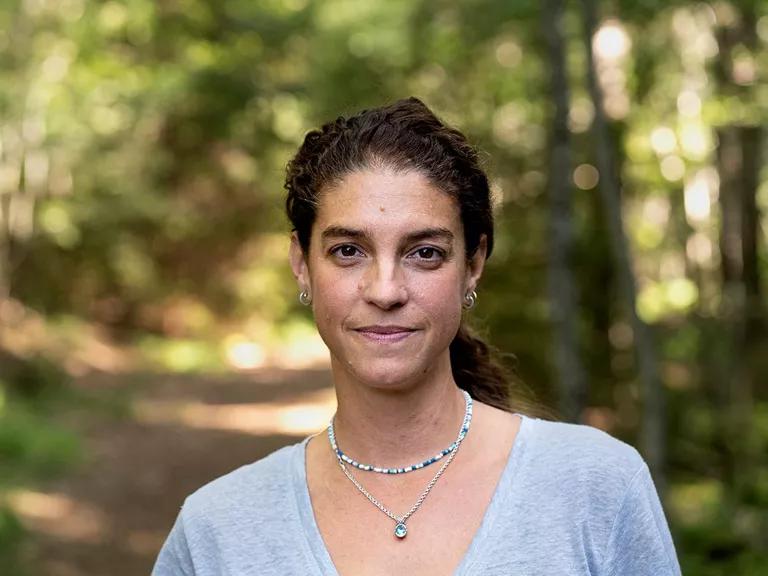
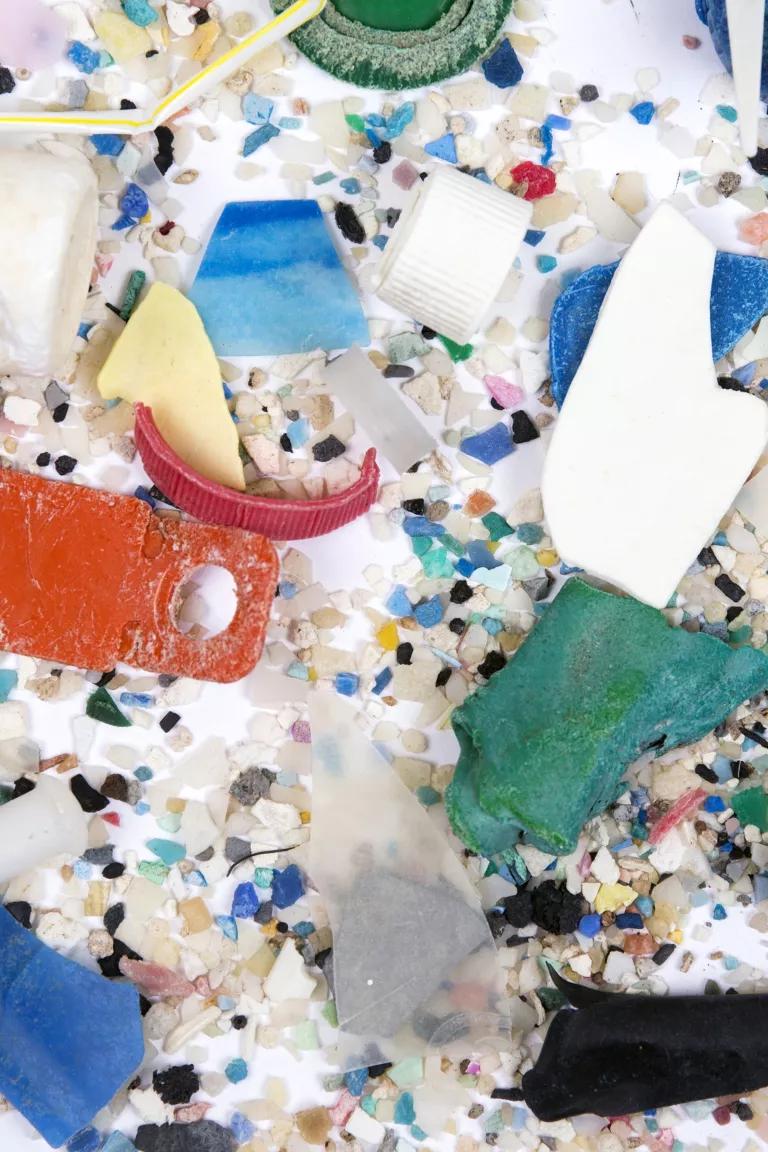

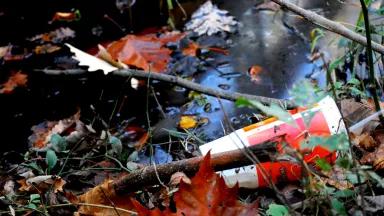
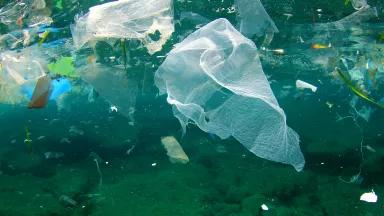
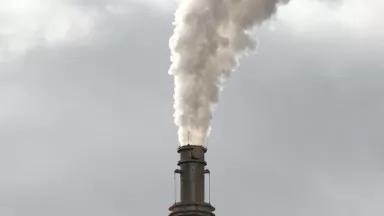
Mercury’s Journey from Coal-Burning Power Plants to Your Plate
When Customers and Investors Demand Corporate Sustainability
The Smart Seafood and Sustainable Fish Buying Guide
Mercury’s Journey from Coal-Burning Power Plants to Your Plate
When Customers and Investors Demand Corporate Sustainability
The Smart Seafood and Sustainable Fish Buying Guide
Mercury’s Journey from Coal-Burning Power Plants to Your Plate
When Customers and Investors Demand Corporate Sustainability
The Smart Seafood and Sustainable Fish Buying Guide
Mercury’s Journey from Coal-Burning Power Plants to Your Plate
When Customers and Investors Demand Corporate Sustainability